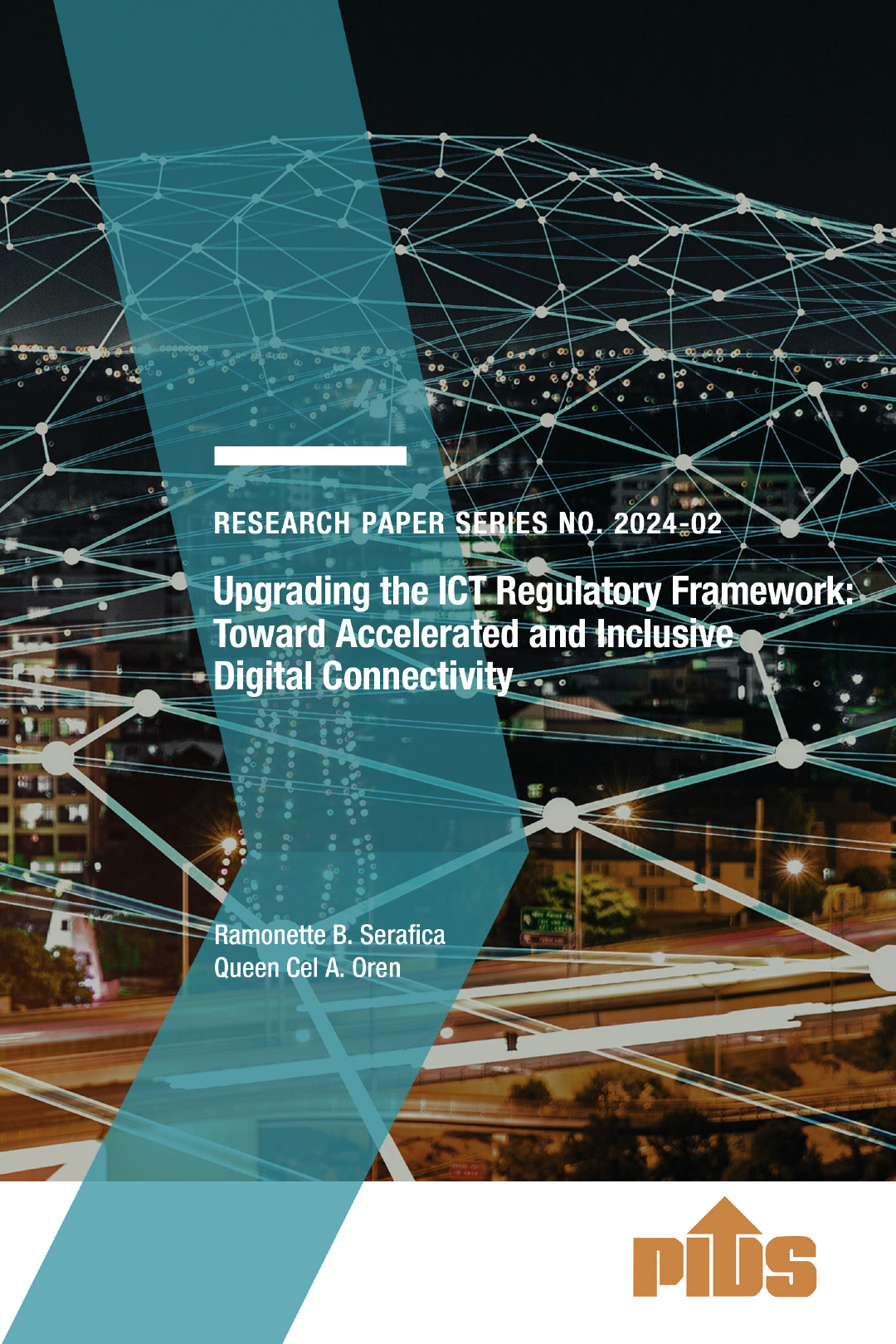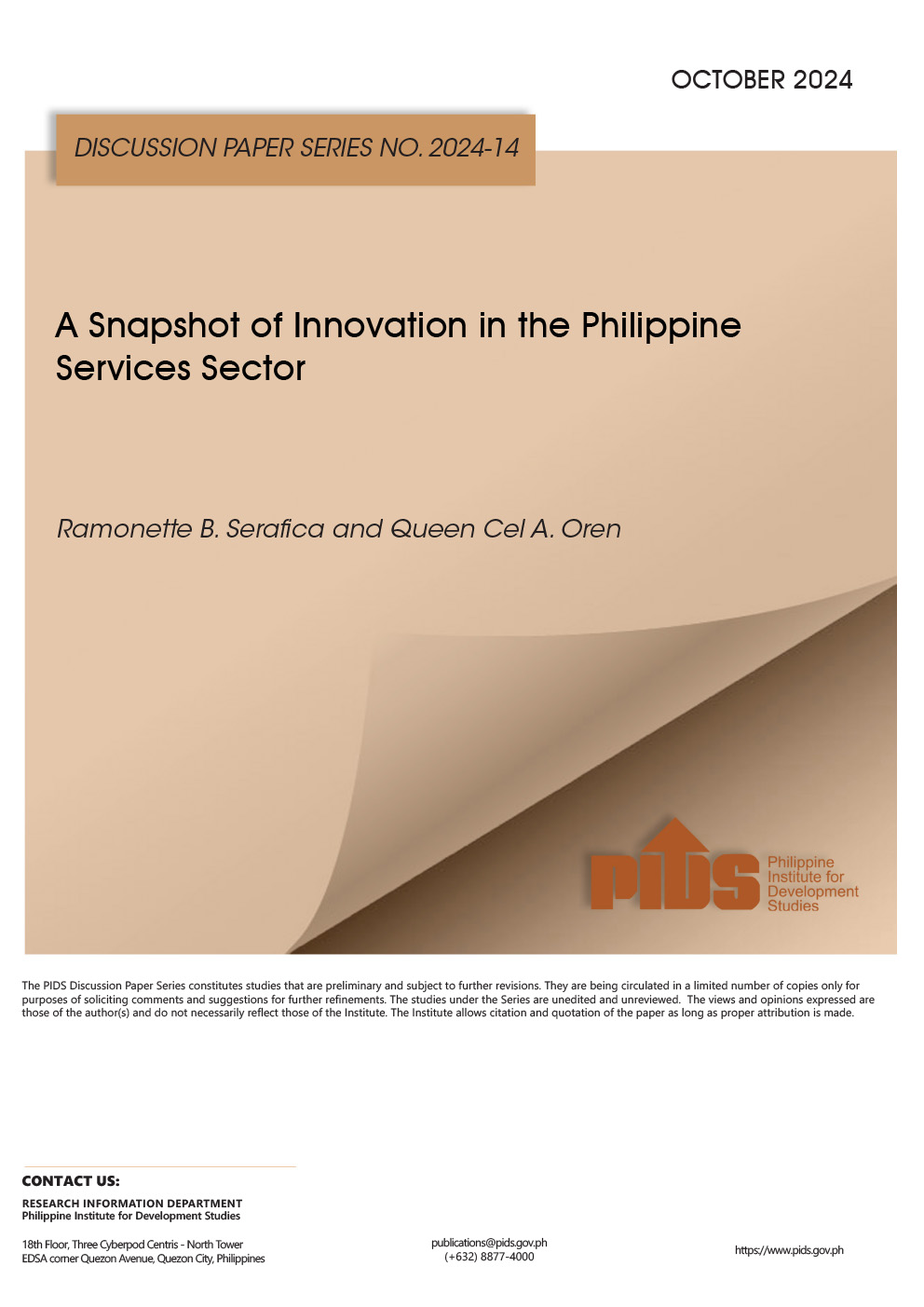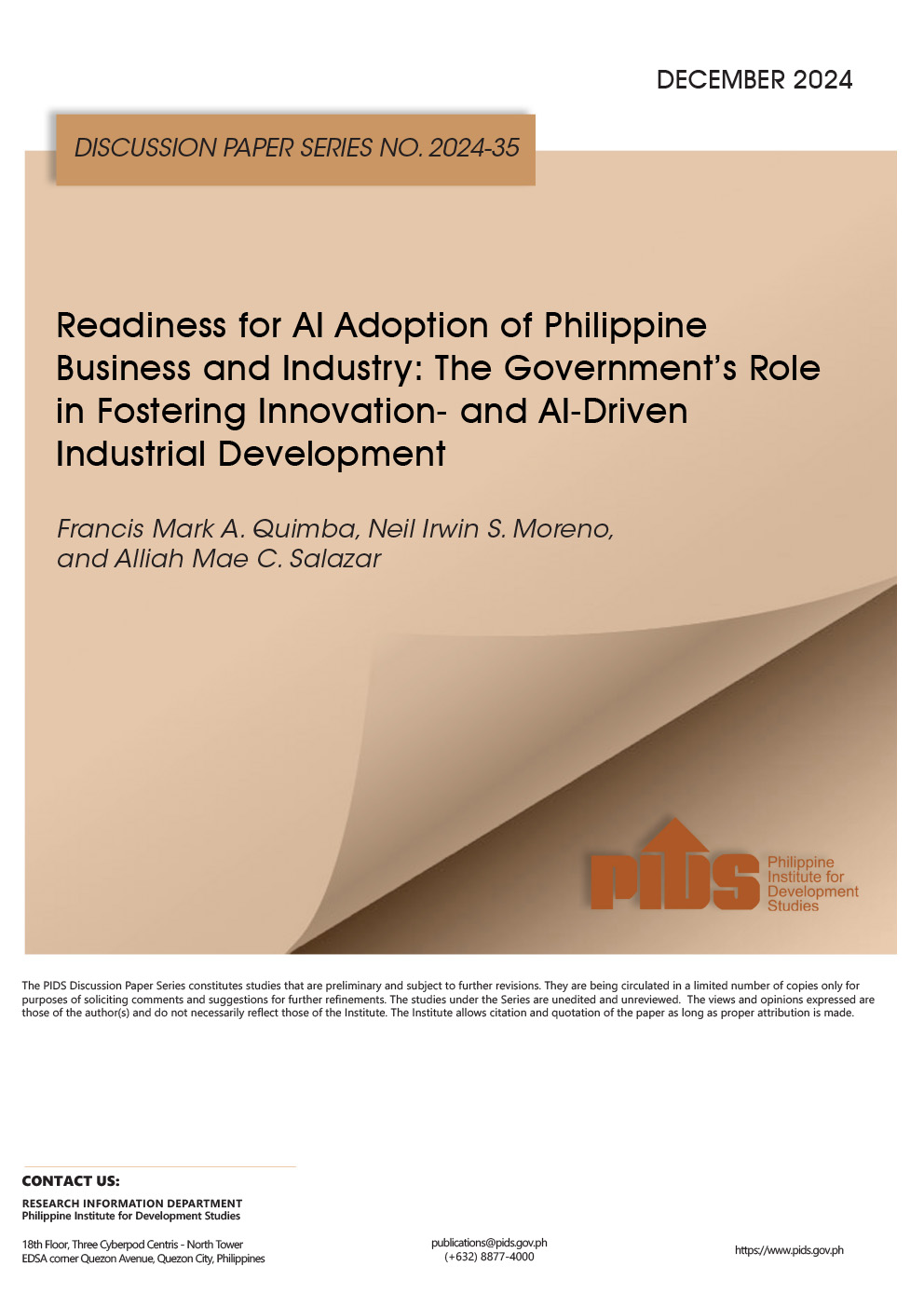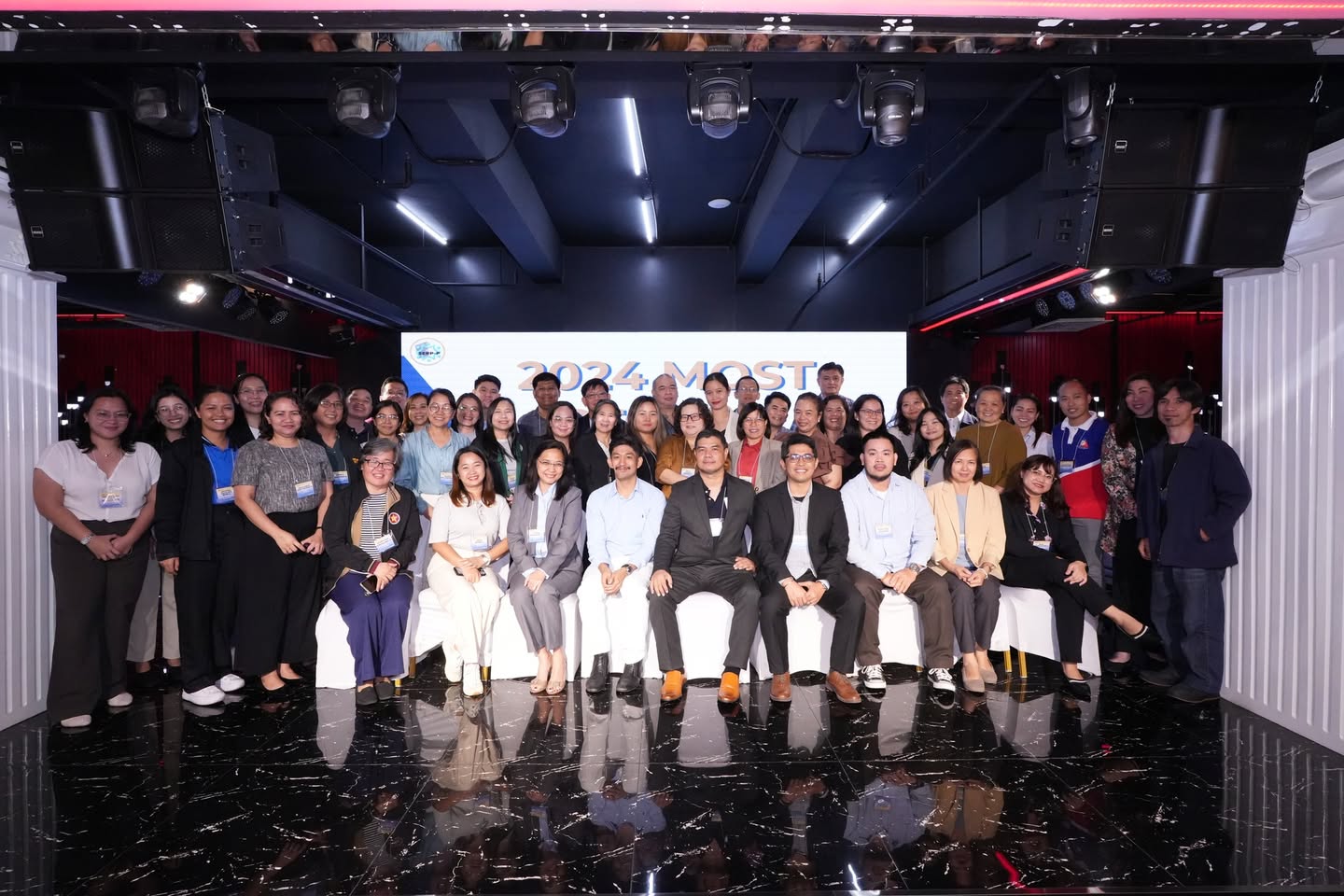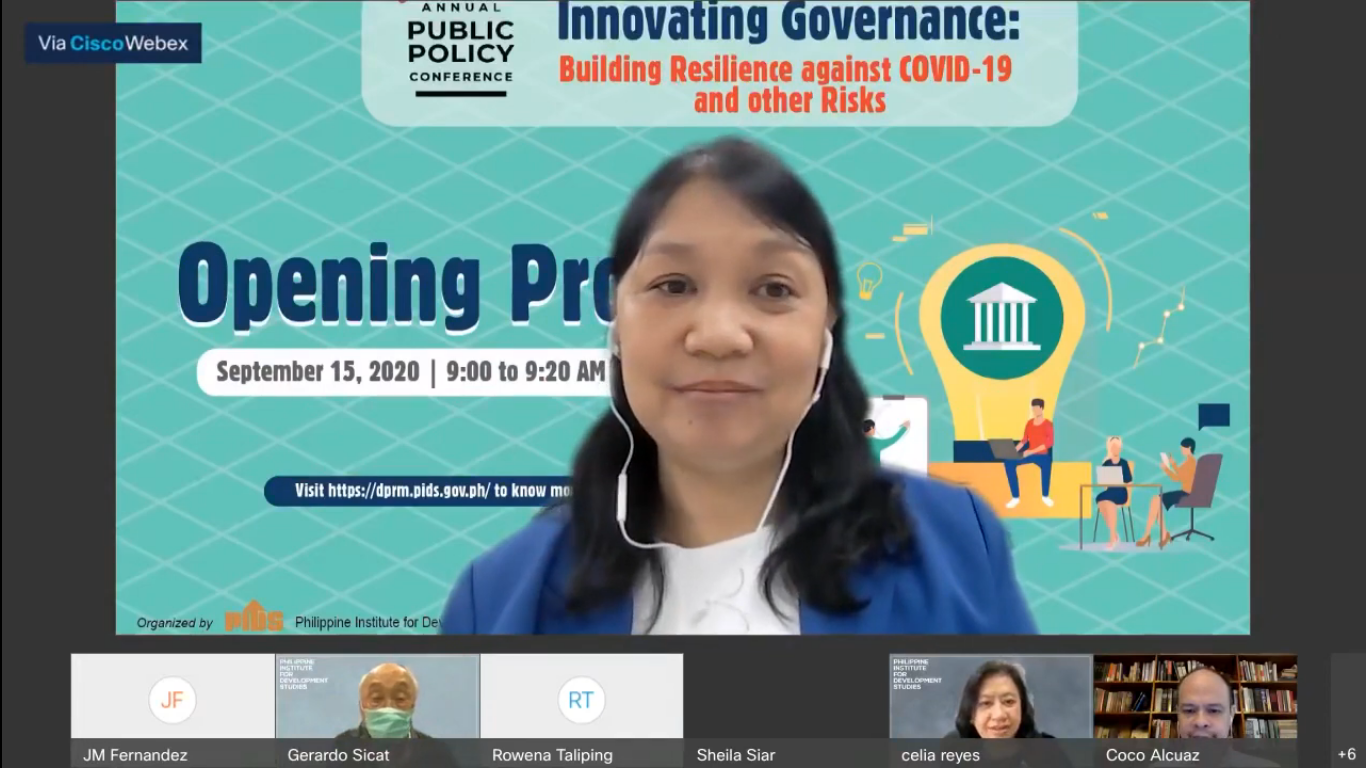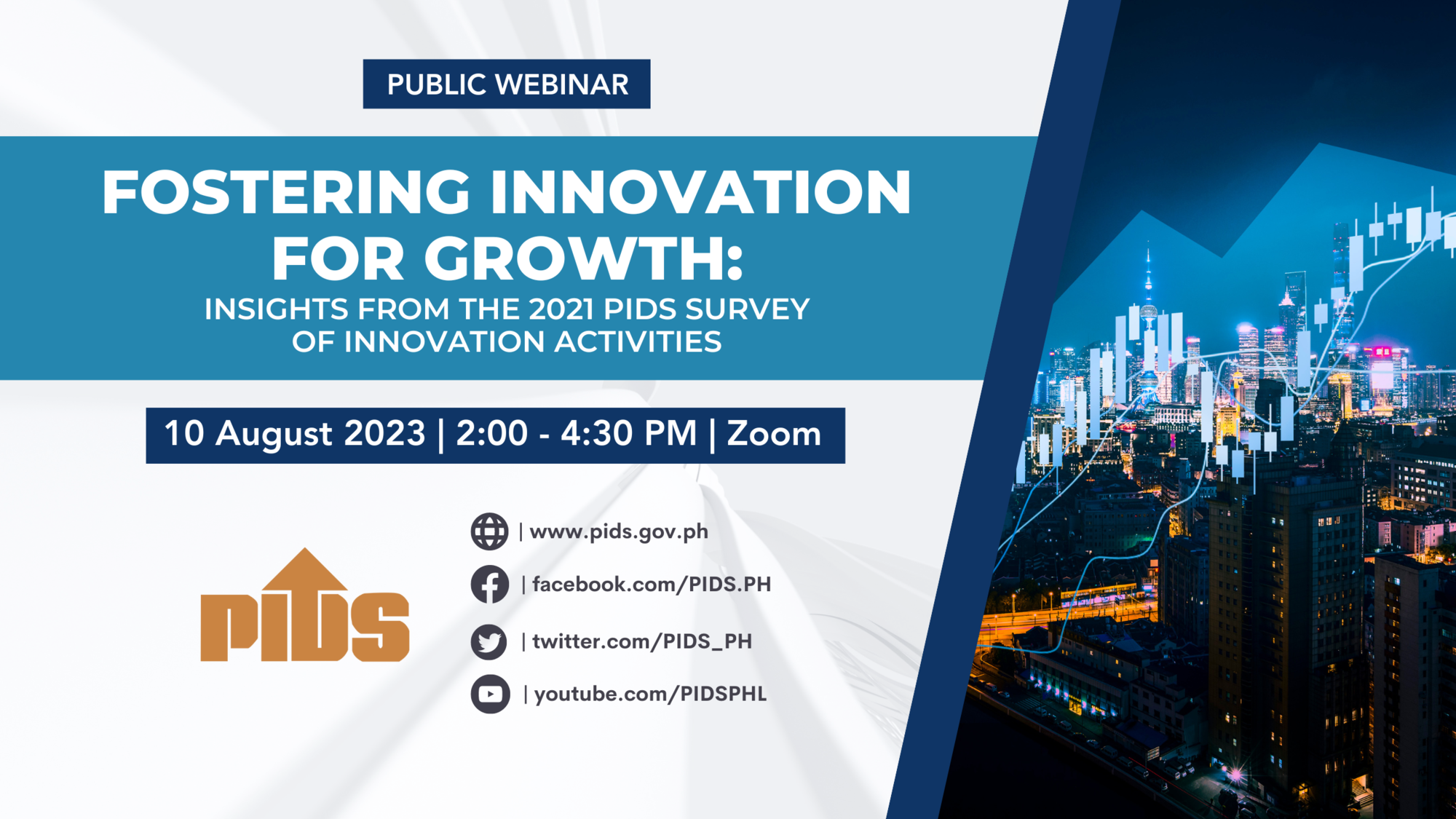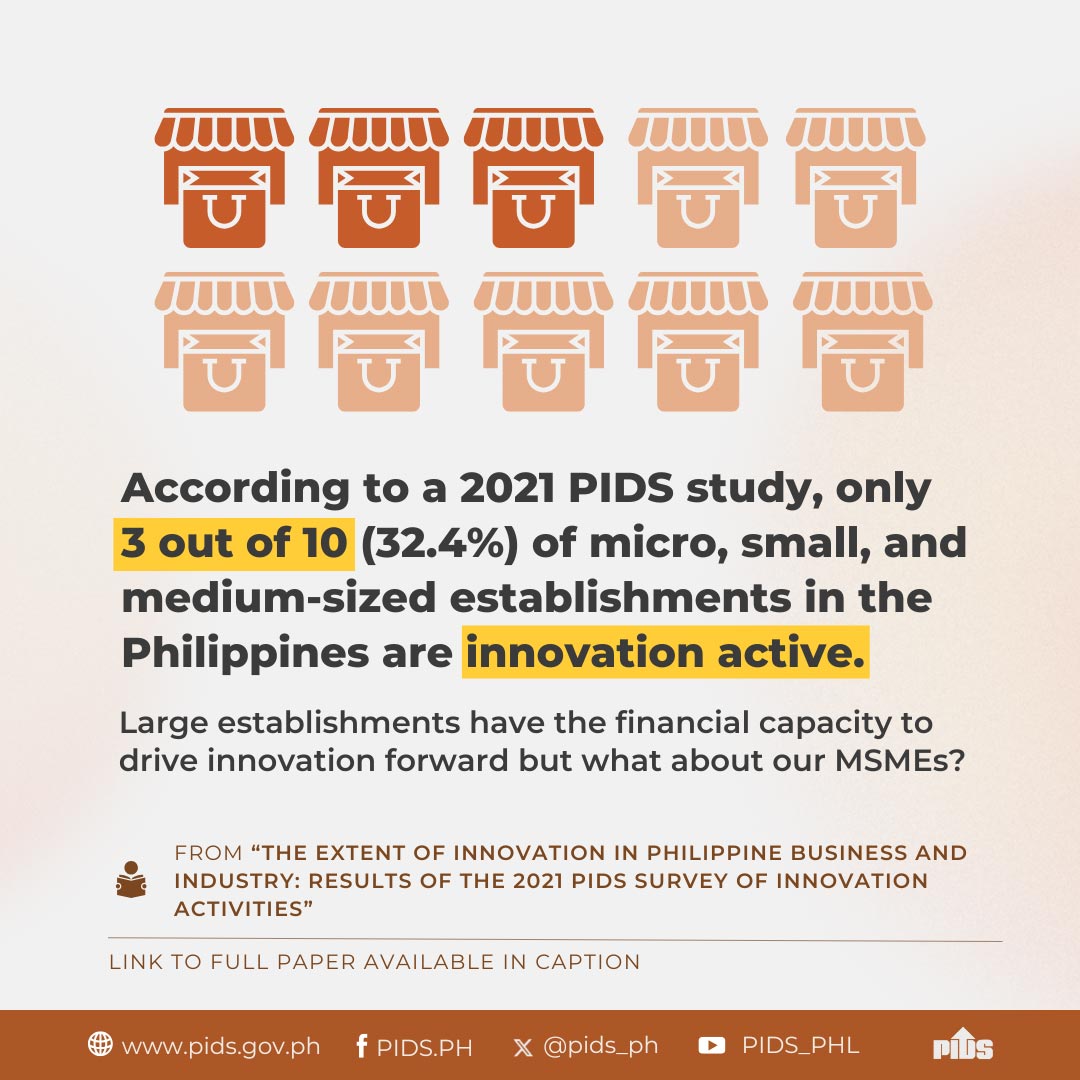The innovative energy throughout the Philippine startup ecosystem is pulsating strongly more than ever. Even startup scenes across the world are beginning to feel it.
This month, I met with the Philippine Consulate General in San Francisco and the Philippine Trade & Investment Center in Silicon Valley as IPOPHL aims to explore collaboration opportunities in the Bay Area.
Intellectual property or IP protection and registration in the Philippines were topics of particular interest. The presence of IPOPHL was an excellent opportunity to organize a forum to discuss the advantages of the Philippine IP regime for companies and startups.
At the forum, I shed light on the thrilling progress of the Philippine startup ecosystem, driven by a vibrant, tech-savvy and educated young population, combined with strong government and private sector support.
In 2022, the Philippines proudly ranked fifth among ASEAN member states in the Global Innovation Index and remained to be an innovation achiever, a testament to the innovative energy that courses through our veins despite limited resources. The country’s startups also accounted for nearly 4 percent of the total $15.8 billion in startup equity funding raised in Southeast Asia, highlighting our increasing significance on the regional stage.
Remarkably, despite a worldwide investment downturn, our investment landscape expanded to a substantial 9 percent, proving our resilience and commitment to fostering entrepreneurship and innovation.
According to the 2023 Global Startup Ecosystem Report, Manila alone has grown its startup ecosystem to $3.5 billion, rising 85 percent from the $2.1 billion reported in the 2022 GSER.
But it’s not just Manila that is showing promise. Highly urbanized cities such as Naga, Iloilo, Cebu and Davao are also emerging as exciting startup destinations.
However, we need to reach more innovation companies to help them protect their IP assets.
Recently, the Philippine Institute for Development Studies assessed innovation activities of 11,500 firms based on their engagement and types of innovation pursued (product or process innovation).
The study showed that, as of 2021, a third (33.6 percent) of firms were innovation active, with innovation practiced more among medium and large establishments than micro and small ones. Of the innovation-active firms, only a quarter filed for IP rights.
But we hoped things to be different starting 2022
Last year, applications for patents — which indicates the appetite to bring possibly commercially viable inventions to market — booked the fastest growth among all types of IP as volumes expanded 9.3 percent to 4,403.
In the first half of this year, IPOPHL saw registrations for innovation-focused types of IP expand as public and private support dedicated to foster innovation are in full swing.
Preliminary data from IPOPHL show that patent and industrial design filings grew year-on-year almost every month during the January to June period while utility models have seen consistent growth every month, positioning 2023 as a year for innovation.
The expanded appetite for innovation may be attributed to the host of policies to streamline government processes, harmonize resources and support strategic innovation investments, such as through the passage of the Innovative Startup Act, Philippine Innovation Act, Ease of Doing Business Act, Foreign Investments Act, and CREATE Law.
For its part, IPOPHL’s initiatives for startups such as IPOPHL’s Juan and Juana projects, Innovation and Technology Support Office, IPOPHL-Asian Institute of Management-Dado Banatao Incubator, free capacity building activities, were presented at the meeting with PCG-SF and the PTIC-SV.
Trade Commissioner at the Philippine Consulate General May Nina Celynne Layug expressed interest in further discussing IPOPHL’s initiatives in the future and how PTIC-SV and IPOPHL can work together, especially in marketing the country to potential startup locators.
These further collaborations could in the future make the Philippines among the innovation frontiers as ranked by the Global Innovation Index. In the next GII, to be released this September, we’re optimistic the country will be taking a few giant steps towards that goal.

